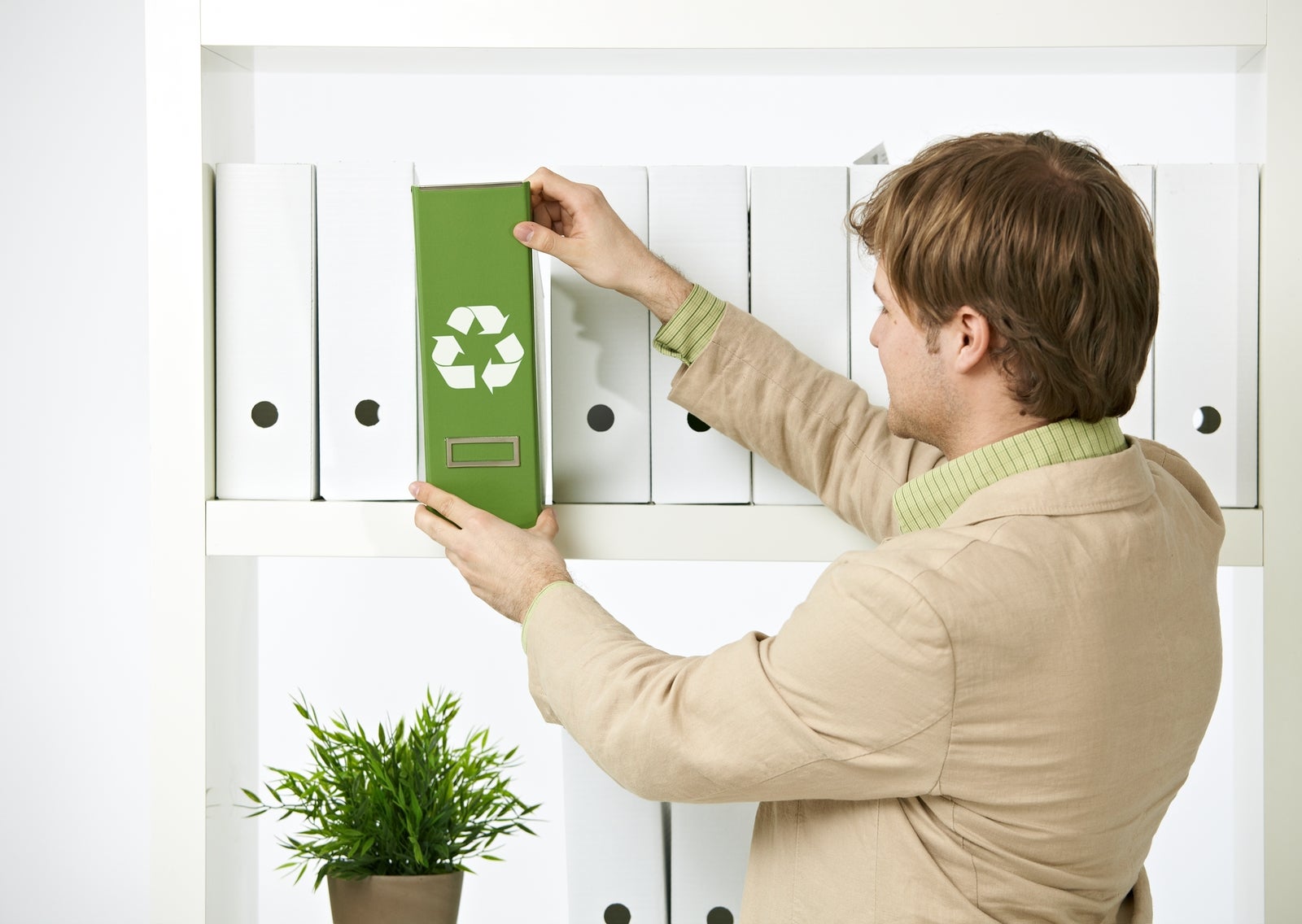
Every business has to purchase consumables, regardless of the industry they operate in. Whether you’re a small retail store or a large corporation, any items that you use daily that are not reusable are considered consumables. It could be anything from staples to plastic garbage bags.
More companies across the world are trying to go green and cut down on the waste they produce. Some businesses lead their industries in sustainable initiatives, while others lag.
Making new products requires time and energy, but some businesses simply do not reuse products. Take the healthcare industry, for example — they need to order large volumes of plastic, one-time-use products such as needles, gloves, bandages and more.
It shouldn’t come as a surprise that consumables aren’t the most environmentally friendly items. However, more effort needs to be put into finding new, reusable items to contribute to a more eco-friendly system.
4 Types of Consumables Your Business Needs to Manage
Something every business must do is to order and keep a detailed inventory of consumables. Whether that’s plastic cups at the water fountain or post-it notes, referring to an updated list can help you manage these consumables more efficiently.
Let’s explore four examples of consumables that your company can either reduce, eliminate or reuse in some way.
1. Printer Ink
No office can run efficiently without a printer. It would make everyday tasks challenging. However, it’s worth noting that printer ink can be costly and companies pay out hundreds of dollars a year.
Companies like HP and Canon have come up with improvements to their printer ink cartridges to make them last longer without having to spend more on replacing them.
The good news is that printers typically only use the ink necessary to complete a print job, so each time you print, you’re not wasting unnecessary ink.
2. Paper
One of the most straightforward ways of reducing paper use is to transform your office into a paperless office. While it may not be feasible to go completely paperless, you must take the time to track how much paper is being used and for what reasons.
Encourage your employees and C-suite executives to use electronic devices as an alternative to paper. Much of the business world is already making a digital transformation, so it’s in your best interest to follow suit. Using technology helps to achieve higher levels of productivity, efficiency and overall improved employee performance.
Paper is essential in an office, but you can certainly find alternatives to paper and cutting down on paper waste. Be sure to recycle paper into the correct disposal bins.
3. Plastic (Cups, Bottles, Straws, Etc.)
It’s more than just a trend — you see people walking down the street with reusable water bottles and mugs on their way to work. People will bring their own reusable straws or shopping bags to the grocery store.
One of the simplest ways to cut down on plastic usage in your office is to encourage your employees to bring reusable items.
Suppose your employees decide to bring in their own reusable cutlery for their lunch breaks — there’s no need to clean it or store it, making it easier for office managers to keep the office clean and clutter-free.
4. Single-Use Coffee Cups
Companies like Keurig and Nespresso are commonly found in offices across the country. Employees who need a caffeine boost rely on a coffee maker in their office, but the single-use pod systems these machines rely on have a negative impact on the environment, as they tend to fill up landfills.
Consider purchasing a coffee maker that can be reused. Rather than use single-serve cups, try out using a coffee maker that can make pots at a time. This will allow all employees to get their java fix, and this way, you can see how much coffee your workers drink, so you’ll know when to buy more.
Depending on your organization’s culture, it may even be possible to eliminate a coffee maker altogether. You can encourage employees to bring their own coffee to work — however, make sure everyone agrees before removing your coffee maker from your office kitchen.
Create a Greener Office
Because consumables can only be used once, finding ways to reduce their usage may seem challenging. However, it can save your company money in the long run, and it helps to maintain a clean environment to thrive in. Consider the consumables listed above and see how your workplace can better manage them.
4816 Views













